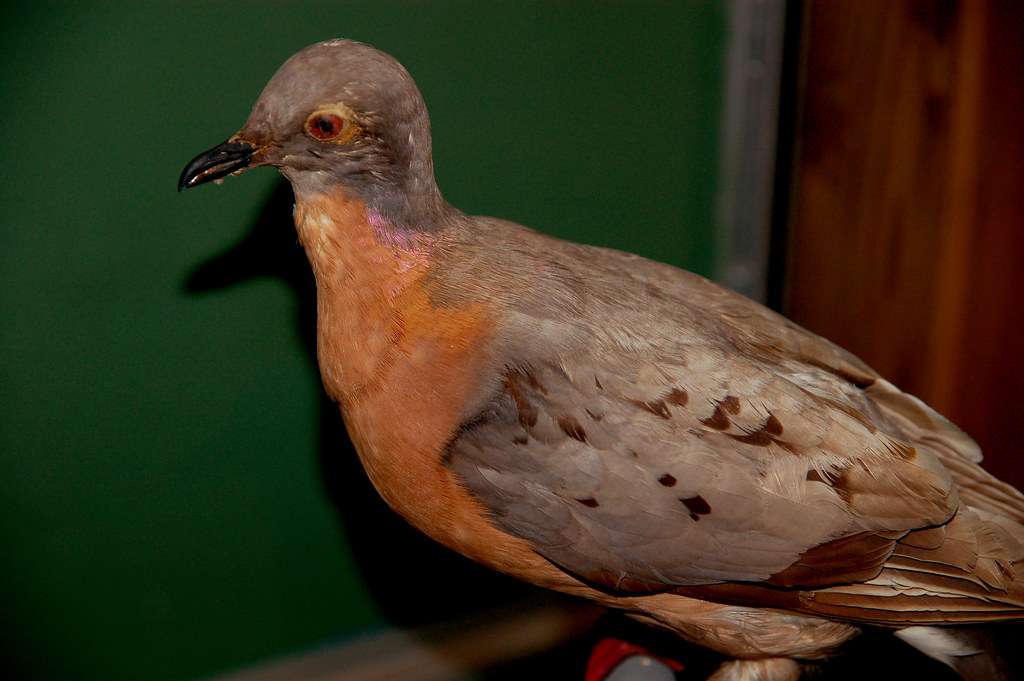Fading Wings: The Tragic Extinction of the Passenger Pigeon
Once the epitome of abundance in North America’s skies, the passenger pigeon (Ectopistes migratorius) soared in flocks so immense they darkened the sky for hours. Yet, in a startlingly short span of time, this once-thriving species met a tragic end, highlighting the devastating impact human activities can have on wildlife populations.
Before their precipitous decline, passenger pigeons were the most numerous birds in North America, with flocks numbering in the billions. These sleek, migratory birds were characterized by their iridescent plumage and remarkable flocking behavior, which allowed them to forage and roost in colossal numbers across vast expanses of forests.
The decline of the passenger pigeon was precipitated by a combination of factors, chief among them relentless hunting and habitat destruction. European settlers arriving in North America in the 17th and 18th centuries encountered vast flocks of passenger pigeons and saw them as an abundant and easily accessible food source. Commercial hunting and mass slaughter ensued, driven by demand for pigeon meat, which was cheap and readily available.
The relentless exploitation of passenger pigeons, coupled with habitat loss due to deforestation and agricultural expansion, pushed the species to the brink of extinction by the late 19th century. Despite their once-staggering numbers, passenger pigeon populations plummeted rapidly, unable to withstand the relentless pressure of human exploitation.
The last known passenger pigeon, a female named Martha, lived out her final days in captivity at the Cincinnati Zoo. On September 1, 1914, Martha passed away, marking the extinction of her species. Her death served as a poignant reminder of humanity’s capacity to drive entire species to extinction through unchecked exploitation and habitat destruction.
The tragic demise of the passenger pigeon serves as a cautionary tale about the fragility of species in the face of human activities. It underscores the urgent need for conservation efforts to protect vulnerable wildlife populations and their habitats. While the passenger pigeon may be gone, its legacy lives on in the collective memory of humanity, inspiring efforts to prevent similar tragedies from befalling other species.
The extinction of the passenger pigeon stands as a sobering reminder of the irreversible consequences of human actions on the natural world. As we reflect on the loss of this once-abundant species, we must redouble our efforts to conserve and protect the rich tapestry of life on Earth for future generations. In the fading echoes of the passenger pigeon’s flight, we find a poignant call to action to preserve and cherish the wondrous diversity of life that surrounds us.

